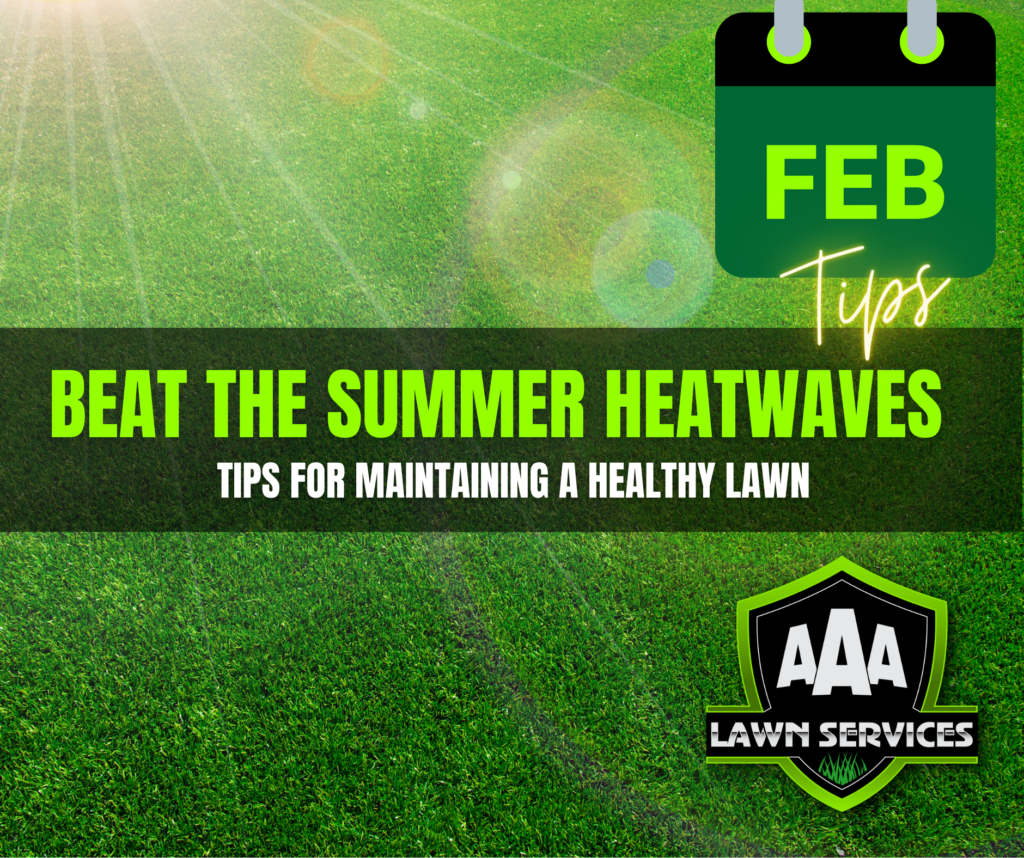
Hydrate with Early Morning Watering
Turf can survive 5 to 8 weeks of dry conditions without substantial thinning or death. However, poor soils, traffic, excess heat, low mowing and/or scalping and improper fertility (too much nitrogen fertiliser in spring, not enough in autumn) reduces the survival of turf during drought.
Mow as often as needed and at the upper end of the optimum range of mowing heights for the particular species.
Water deeply and infrequently, keeping the surface of the soil as dry as possible. Water thoroughly to wet the soil to the depth of the root zone and then don’t water again until areas of the turf turn a slight bluish-gray. Not only will this tend to encourage deeper rooting, it will also conserve water to help to make more water available later.
Water early in the morning (between 4 and 9 am) and avoid watering during the heat of the day because much of the water is lost to evaporation. Consider aggressive aeration (coring) to reduce soil compaction and improve rooting.






